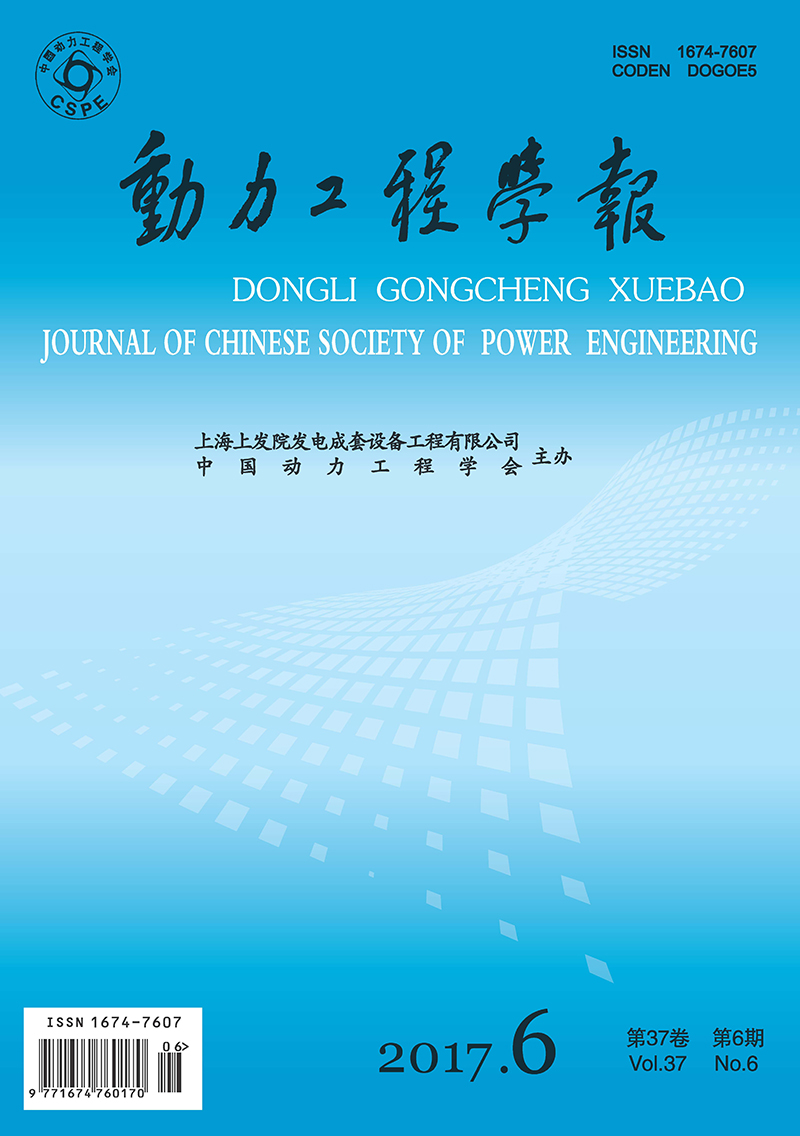SANG Zhenkun, BO Zemin, ZHANG Qianqian, WENG Yiwu
2017, 37(6): 461-466.
Aiming at the problem that the ultra-low calorific value gas is hard to be ignited and burned, which is almost entirely discharged into the atmosphere, resulting in issues of environmental pollution and energy waste, a novel reactor was developed to burn the ultra-low calorific value gas, namely rotary recuperative type catalytic combustion reactor. According to the characteristics of this reactor, such as periodic rotation, thermal storage, heat release and catalytic combustion, with the help of computational fluid dynamics software, the performance of the reactor was simulated and analyzed. Results show that the reactor can efficiently oxidize the ultra-low calorific value gas (with CH4 volumetric fraction of 2% and inlet velocity of 20 m/s), and can continuously generate high-temperature gas in the range of 1 035 K to 1 200 K, proving the reactor to be feasible in burning ultra-low calorific value gas. In the state I (or II) of rotary period, the temperature of outlet fuel gas and flue gas increases in approximately linear law, which can be used to evaluate the thermal performance of the reactor. During periodic rotation of the reactor, the top wall temperature varies in 1 200-1 600 K, that is beneficial to the generation of catalytic combustion, preventing heat accumulation in the reactor and avoiding high-temperature deactivation of the catalysts.
